Understanding Blow Moulded Plastic Parts
Blow moulded plastic parts are integral components in various industries, known for their lightweight, high strength, and ability to be manufactured in diverse shapes and sizes. Through a precise blow moulding process, manufacturers can create hollow plastic products from materials like polyethylene, which range from containers and packaging to automotive components. This method is especially popular due to the ability to produce large quantities of uniform products efficiently. In this context, it is crucial to understand the underlying technology of blow moulded plastic parts, their applications, and the advantages they offer over other manufacturing techniques.
What Are Blow Moulded Plastic Parts?
The term “blow moulded plastic parts” refers to plastic components created via the blow moulding process. This manufacturing technique involves inflating a heated plastic material, typically in the form of a tube or ‘parison’, until it conforms to the shape of a mould. The blow moulding process facilitates the production of hollow objects, which can range from bottles to large containers, with intricate designs while maintaining structural strength. The versatility of blow moulded parts makes them a staple in consumer goods, automotive, and industrial applications.
Common Uses and Applications
Blow moulded parts can be found in a multitude of products across various sectors. Common applications include:
- Containers and Bottles: Everyday products such as water bottles, medical containers, and household chemical bottles are manufactured using blow moulding.
- Automotive Parts: Parts like air ducts, fuel tanks, and body panels benefit from the lightweight yet sturdy characteristics of blow moulding.
- Toys and Household Items: Many toys are designed using blow moulding due to their complex shapes and the vibrant colors available with plastic materials.
Advantages of Blow Moulding
The blow moulding process offers several advantages that make it an attractive choice for manufacturers:
- Efficiency and Speed: Blow moulding can produce large quantities of parts quickly, which is essential for high-demand markets.
- Cost-Effectiveness: The process minimizes waste and reduces production costs, particularly for mass-produced items.
- Versatility: It supports a wide variety of materials and is adaptable to numerous designs and configurations.
The Blow Moulding Process Explained
Step-by-Step Production Overview
The blow moulding process comprises several stages, each critical to ensuring the final product meets the required specifications.
- Material Selection: The choice of plastic type influences the performance and application of the final product.
- Preform Creation: A parison is produced by heating the plastic and forming it into a tube shape.
- Moulding: The parison is placed into a two-part mould, where compressed air is introduced to inflate it into the desired shape.
- Cooling: The moulded part is cooled to harden the plastic, followed by ejection from the mould.
- Trimming and Finishing: Any excess material is trimmed, and surface treatments may be applied to meet specific aesthetic or functional requirements.
Types of Blow Moulding Techniques
There are primarily three types of blow moulding techniques, each suited for different applications:
- Extrusion Blow Moulding (EBM): Commonly used for making hollow products like bottles and containers. Plastic is extruded into a parison, which is then blown into a mould.
- Injection Blow Moulding (IBM): Ideal for manufacturing small hollow products with high precision. Here, the parison is injection moulded to create a preform before being blown into its final shape.
- Injection Stretch Blow Moulding: Utilized for producing pet bottles and containers. This method enhances the mechanical properties of the final product through stretching before blowing.
Materials Used in Blow Moulding
Diverse materials can be used in blow moulding, each providing unique properties to the final product. Common materials include:
- Polyethylene (PE): Known for its strength and durability, it is widely used for various containers and packaging applications.
- Polypropylene (PP): Valued for its lightweight properties and chemical resistance, making it suitable for automotive parts.
- Polyethylene Terephthalate (PET): Commonly used in beverage bottles due to its clarity and strength.
- Polyvinyl Chloride (PVC): Used in applications requiring rigidity and impact resistance.
Choosing the Right Manufacturer for Blow Moulded Plastic Parts
Key Considerations in Selection
Selecting the right manufacturer for blow moulded plastic parts is pivotal for ensuring quality and efficiency. Considerations include:
- Reputation and Experience: Look for manufacturers with a proven track record and industry experience.
- Technical Capabilities: Ensure the manufacturer has the necessary technology and processes in place to meet your specific requirements.
- Customer Support: A good manufacturer should provide comprehensive support, from inquiry to delivery.
Evaluating Quality and Compliance
Quality assurance is central to plastic manufacturing. Evaluate a manufacturer based on:
- Certifications: Check if they comply with industry standards, such as ISO certifications.
- Quality Control Processes: Investigate their quality control measures during production and post-manufacturing inspections.
- Testing Capabilities: Manufacturers should conduct rigorous testing to ensure the final product meets safety and performance standards.
Cost Factors and Budgeting
When budgeting for blow moulded plastic parts, consider the following cost factors:
- Material Costs: The type of material selected can significantly impact overall costs.
- Production Volume: Higher volumes usually reduce per-unit costs.
- Tooling and Mould Costs: Account for the costs associated with custom moulds, as they can be substantial but are essential for precision manufacturing.
Innovations in Blow Moulding Technology
Latest Developments in Machinery
Technological advancements have transformed blow moulding processes, leading to improved efficiency and capabilities:
- Automation: More manufacturers are adopting automated systems for improved speed and precision in production.
- Advanced Materials: The introduction of new polymers and composites is broadening the application ranges of blow moulded parts.
- Energy Efficiency: Innovations aiming at reducing energy consumption during the blow moulding process are gaining traction.
Sustainability Efforts in Blow Moulding
Sustainable practices are increasingly becoming vital in manufacturing. Key sustainability efforts include:
- Recycling Approaches: Many manufacturers are exploring ways to recycle waste from the blow moulding process.
- Biodegradable Plastics: The use of bio-based materials is growing, promoting environmental sustainability.
- Energy-Efficient Machinery: Investing in energy-efficient equipment to minimize the carbon footprint of production.
Future Trends in Plastic Manufacturing
The landscape of plastic manufacturing, particularly blow moulding, is evolving with trends focusing on innovation and sustainability:
- Additive Manufacturing: The blending of 3D printing technologies with blow moulding offers new possibilities for complex designs.
- Smart Manufacturing: IoT devices and real-time monitoring are set to optimize production processes and reduce waste significantly.
- Circular Economy Practices: Initiatives focusing on reusing and recycling plastics will shape the future of blow moulding industry norms.
Case Studies: Success Stories in Blow Moulding
Industry Examples of Effective Production
Several companies have carved out niches in blow moulding by applying innovative techniques:
- Consumer Goods: A leading beverage company implemented advanced blow moulding technology to reduce material waste while increasing production speeds, thus gaining a competitive edge.
- Automotive Parts: A premier automotive manufacturer successfully integrated blow moulded air intake ducts into their vehicle assembly, optimizing weight distribution without compromising performance.
Challenges Overcome through Innovation
Innovations in blow moulding have addressed common challenges faced by manufacturers:
- Material Waste: New processes have reduced waste by reusing excess materials, resulting in lower overall costs.
- Production Delays: Automating key stages in production has minimized downtime, significantly improving manufacturing schedules.
Lessons Learned from Leading Manufacturers
Insights from industry leaders reveal critical lessons in blow moulding:
- Investment in R&D: Continuous research and development can lead to breakthroughs that enhance product quality and sustainability.
- Flexibility in Operations: Adapting quickly to changing market demands through scalable manufacturing techniques is essential.
- Collaboration with Suppliers: Building strong relationships with suppliers can enhance material selection and improve production efficiency.
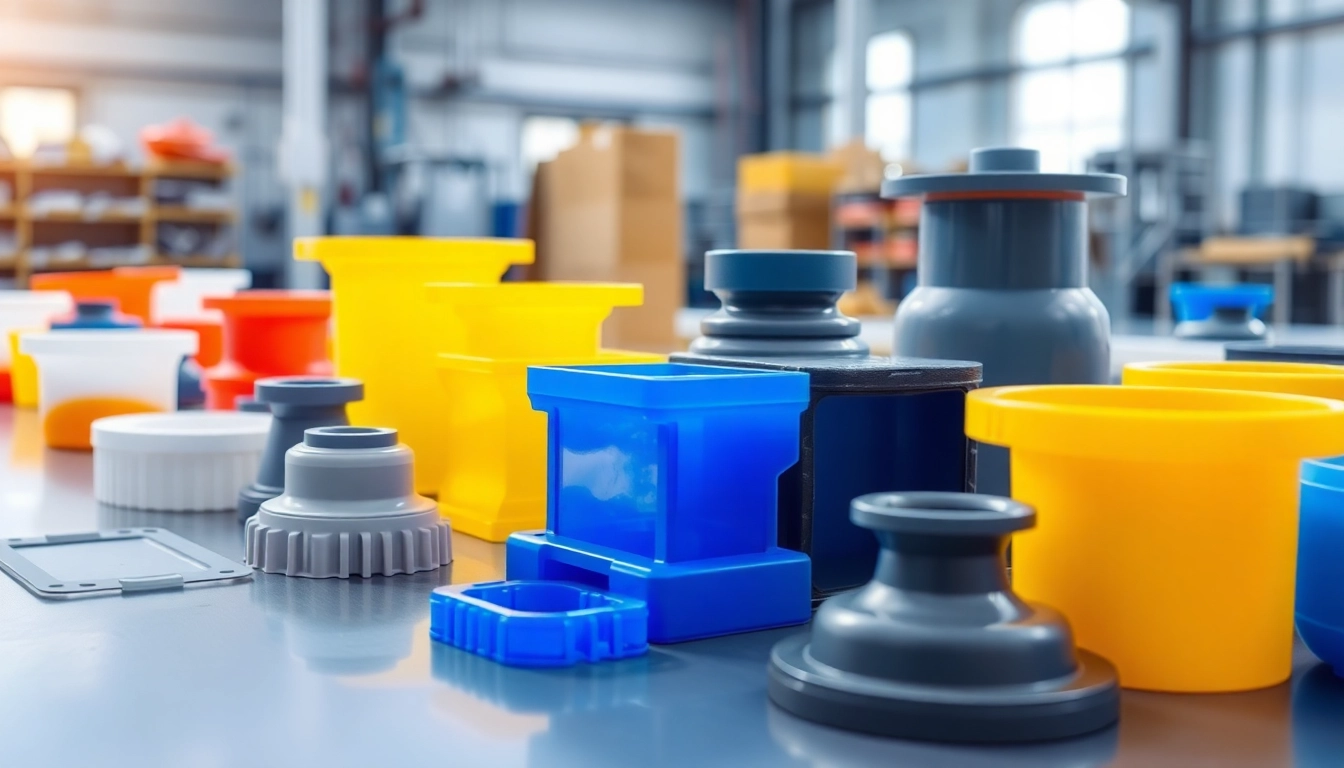
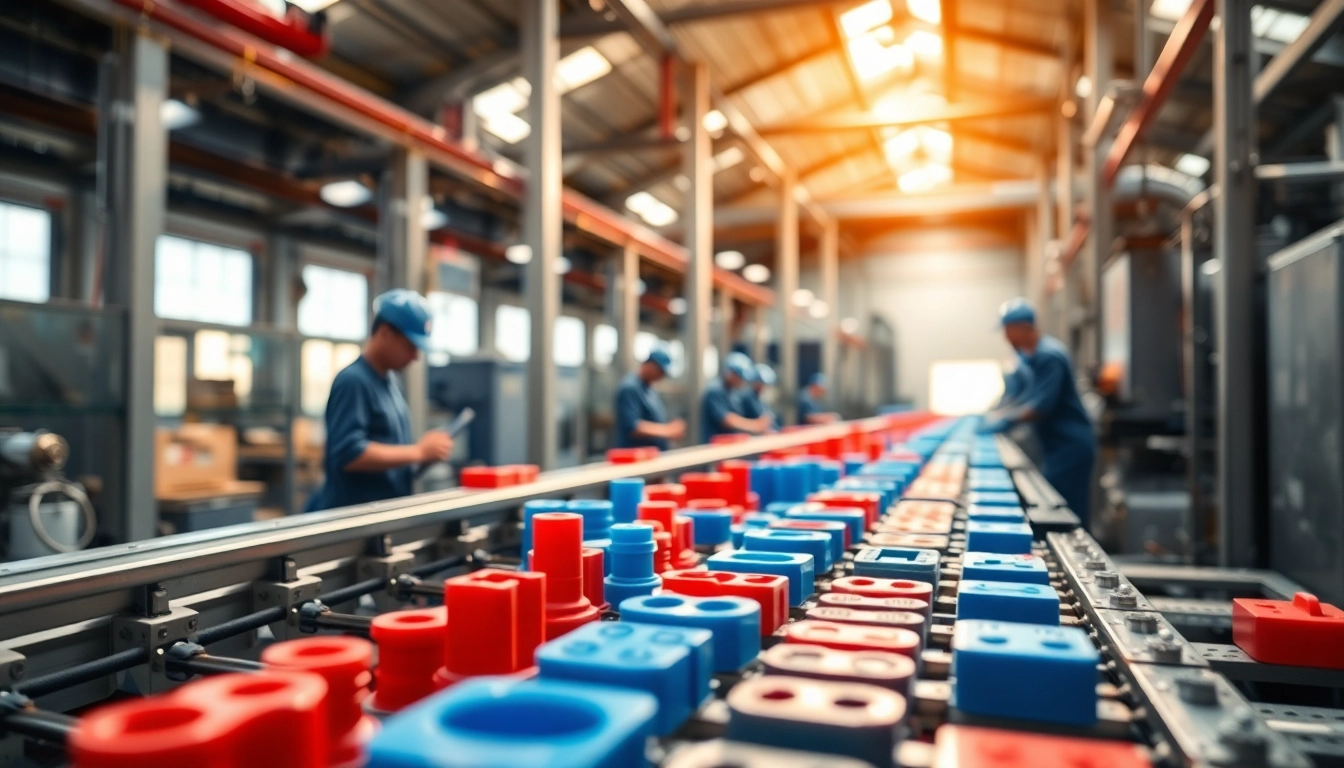
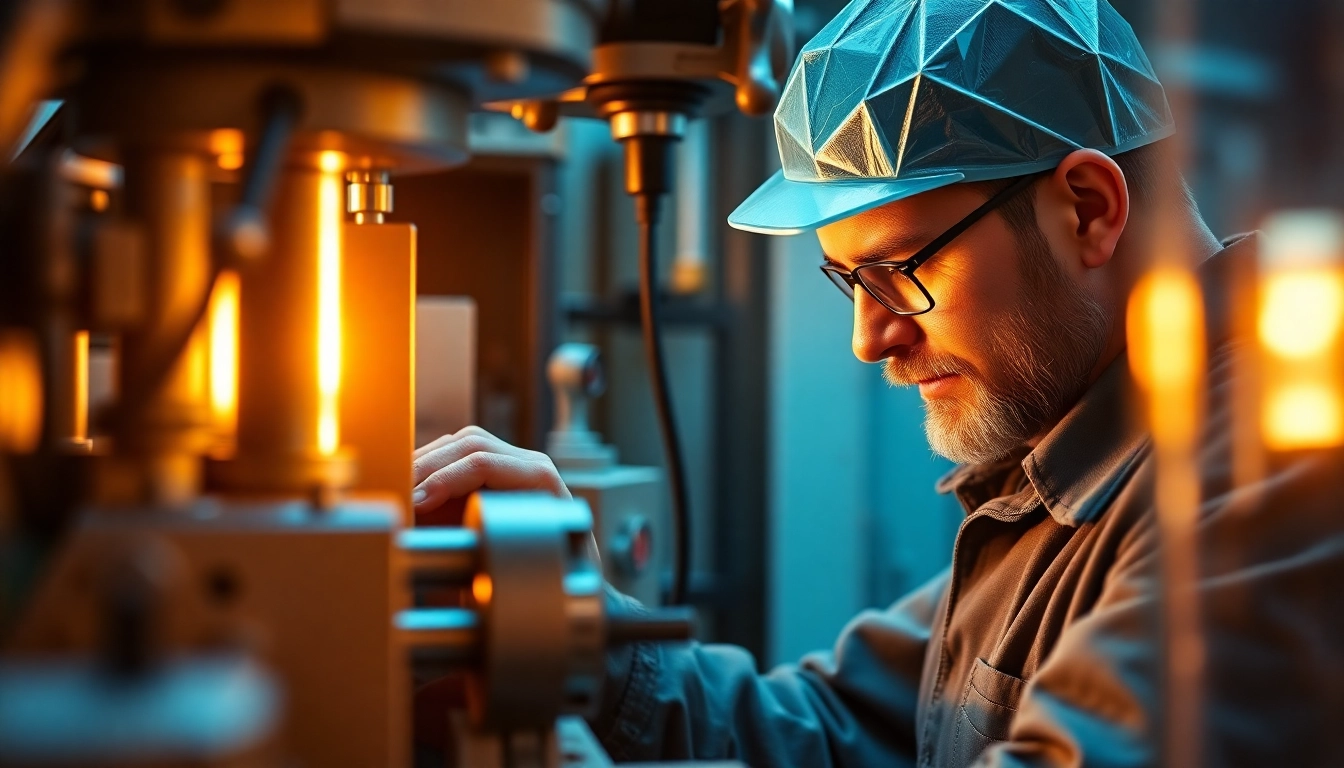
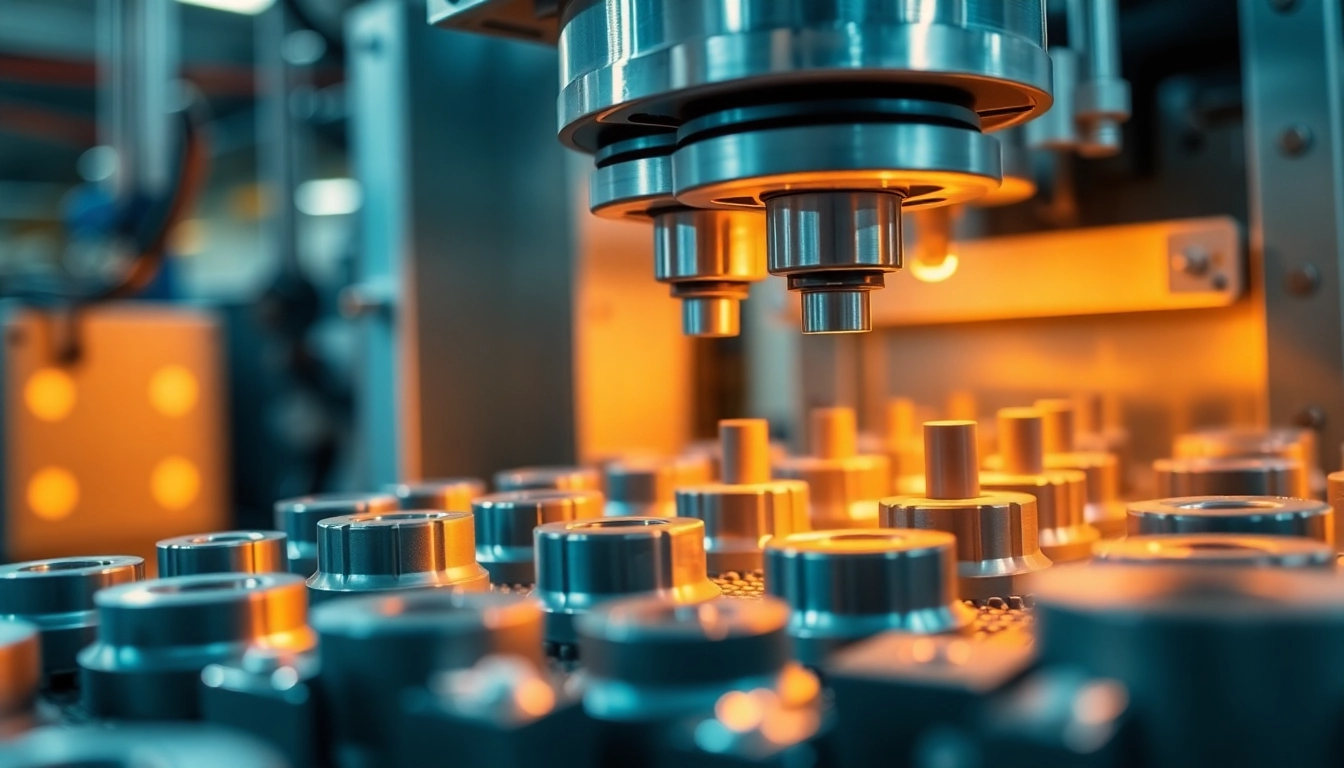
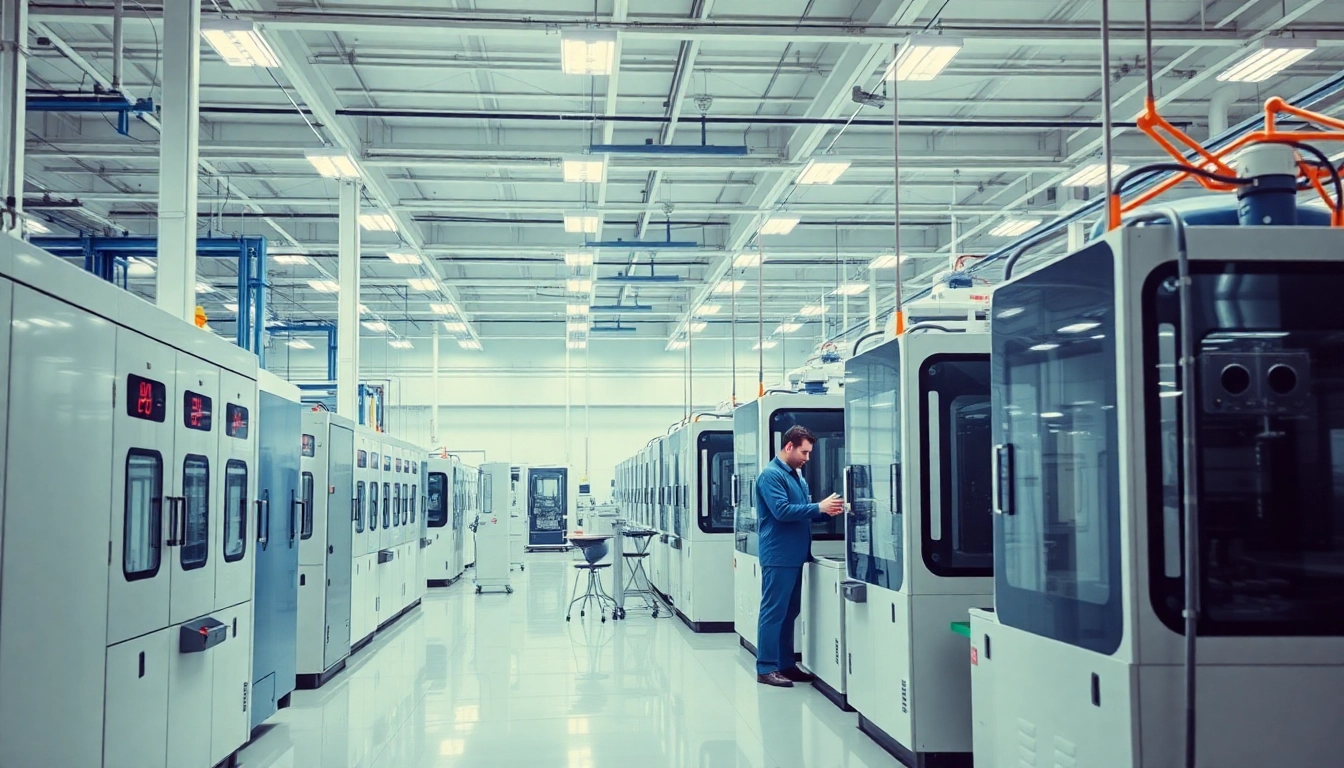
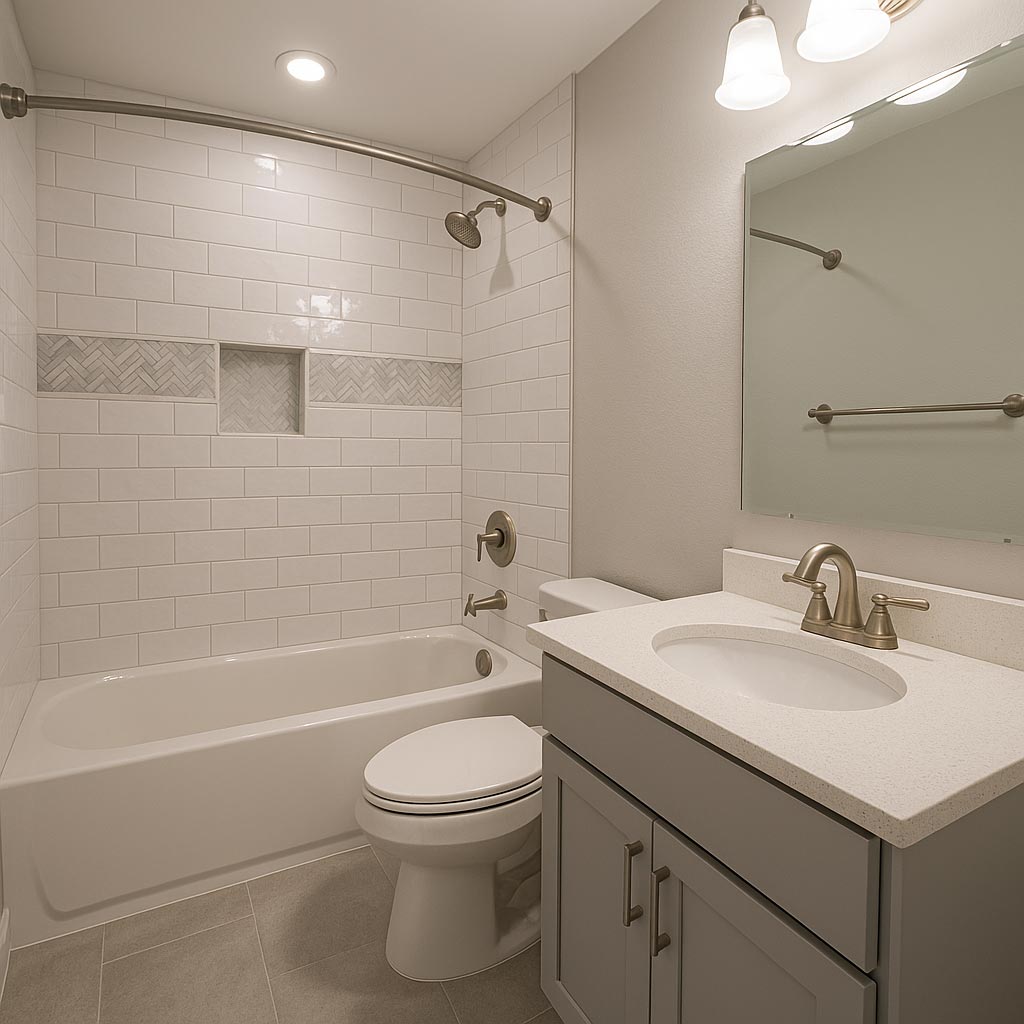


Leave a Reply